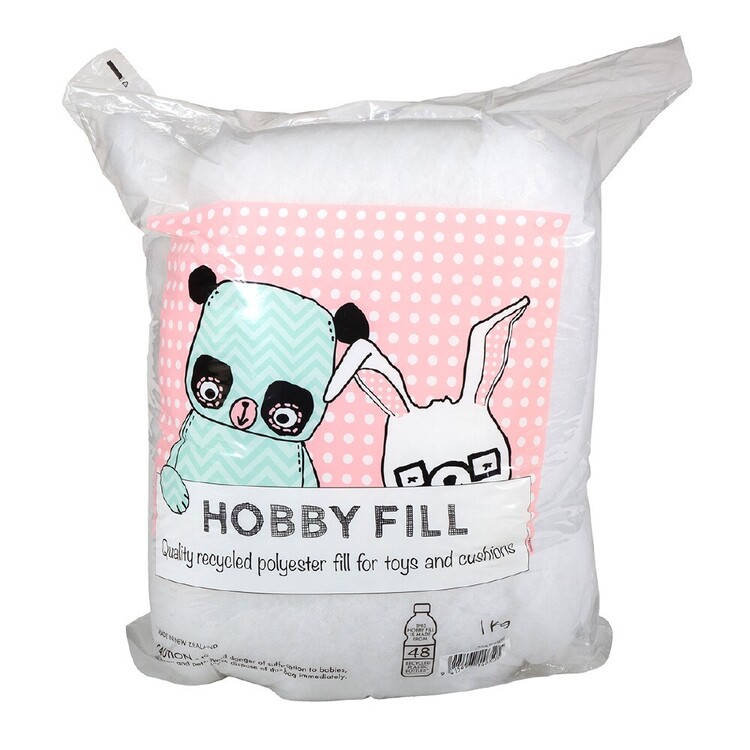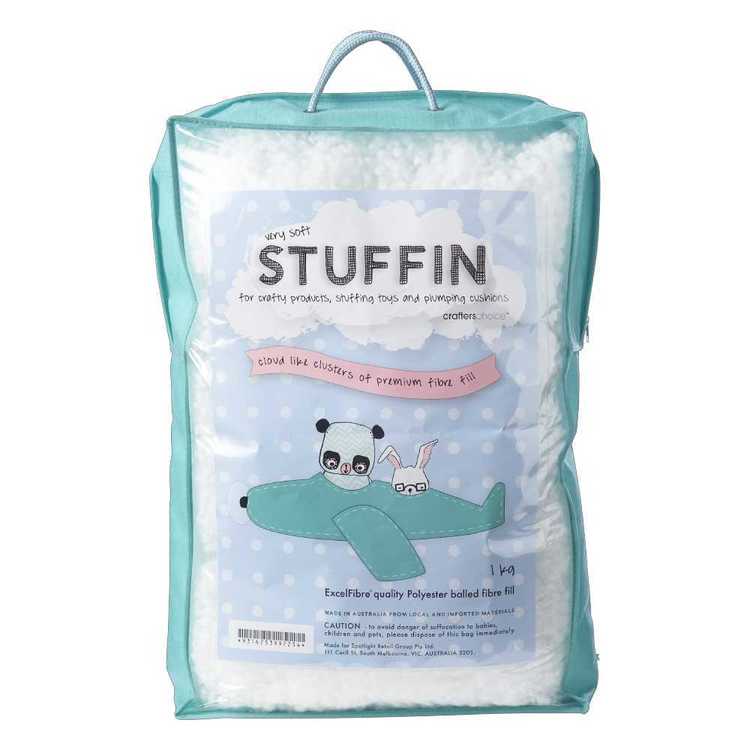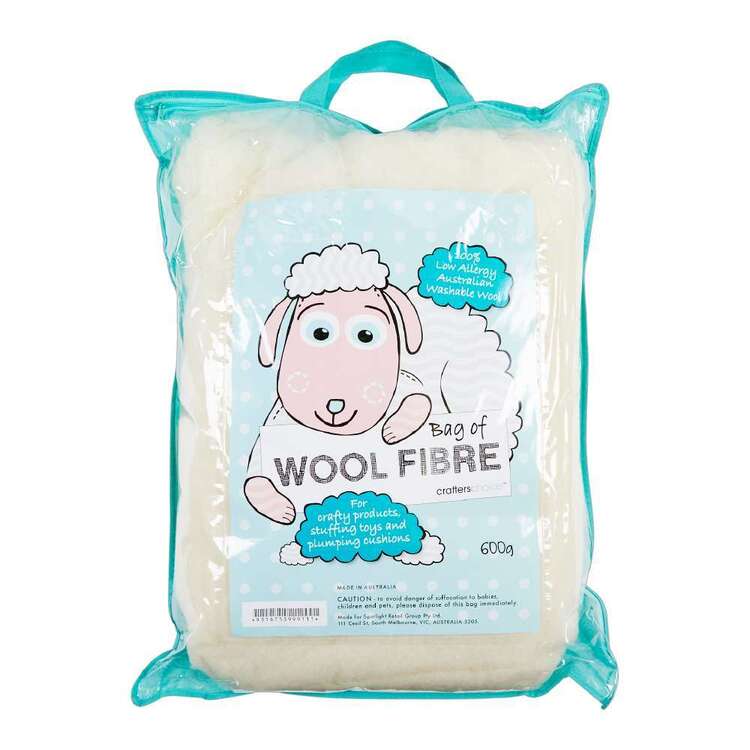 | ||
| Your browser is not supported. | ||
|
Please browse our site using any of the following options:
| ||
Hobby Fill
Our range of hobby fill items at Spotlight is just what you need for stuffing pillows and craft items. Choose from our array of craft stuffing today!
3 items found.
The Different Types Of Stuffing And Filling Materials You Need To Know About
Stuffing and filling materials find countless applications in crafting, this ranges from stuffing pillows to stuffed toys. If you wish to learn more about the various materials that can be used as a stuffing or filling material, please read the information provided by Spotlight below.
What Is Latex Stuffing Material?
Latex stuffing material is quite common for pillows and less common for stuffed animals, this due to the fact that the material has a fixed shape and is therefore difficult to manipulate. Despite this small negative point, latex does have excellent resistance against mould and mildew and it is biodegradable.
A stuffing material such as latex is usually made from rubber. The material is made to retain its shape, which is why a strong and flexible rubber is used to create latex.
What Is Microbead Stuffing?
Microbead stuffing is made from polystyrene and often comes in the shape of small little balls. Much like latex, this product is popular for pillows and other crafting projects that require more breathability.
One of the advantages of microbead stuffing is that the material can be manipulated into the desired shape. Unfortunately, microbead stuffing has a shorter lifespan than most stuffing materials and can have an unpleasant chemical odour.
What Is Polyester Stuffing?
Polyester stuffing is extremely popular for various crafts, this due to the fact that polyester is one of the most affordable materials in existence. It is renowned for its softness and is quite resistant to damage such as tearing.
When using polyester stuffing for any of your projects, you must take into consideration that the material may have to be readjusted over time. So, if you use polyester stuffing for a stuffed animal, it is often better to stuff it quite firm to prevent the stuffed animal from losing its shape.
What Is Feather Stuffing?
Feather stuffing usually contains real feathers, these can be both quill feathers and down. Because of the various feathers that can used for these stuffing materials, the price of the stuffing can vary.
One of the big benefits of feather stuffing is its superior softness. The material can be manipulated easily and is lightweight, which benefits a wide range of crafting projects.
When you decide to use feather stuffing, always take into consideration possible allergies. If you are sensitive to animal hair or feathers, it may be better to use an alternative that is hypoallergenic.
What Is Memory Foam?
Memory foam is often associated with pillows, as this is a popular material for pillow stuffing due to the support it provides. One of the additional major advantages is that the material shapes itself, making it extremely suitable for pillows and projects where durability and longevity is a must.
One of the downsides to memory foam is that it cannot be shaped. For example, if you wish to use square memory foam to stuff a round surface, it simply will not work. Therefore, if you obtain memory foam for stuffing, you must make sure it has the shape of the item you wish to fill.
What Is Buckwheat Stuffing?
Buckwheat stuffing is not as known at the moment, but it has increased in popularity over the years. It is a natural stuffing material made from the husks of buckwheat kernels, providing qualities such as breathability, support, and durability. The material is also affordable due to its easy acquisition.
There are some small downsides connected to buckwheat stuffing, more specifically the fact that the material can be noisy. When put into a stuffed animal or a pillow, the material can grate, which could be less than ideal for certain applications. The material can be heavier than most stuffing materials as well. That being said, buckwheat is counted among the most durable.
What Is Wool Stuffing?
Wool stuffing is popular across the board and a natural stuffing material obtained from sheep. Like some of the other options in this overview, wool stuffing is quite breathable and hypoallergenic.
One of the additional benefits of wool stuffing is that the material is resistant to mould and mildew as well. It also prevents the build-up of moisture, which means wool could be good for anything from stuffed animals to pillows.










